I originally thought of my product line as slim wallets, but now more and more folks are looking at products like these as just one element of their minimalist lifestyle.
As a designer and someone who’s obsessed with efficient processes, I think I’ve always pretty much been what one may call a minimalist, but what exactly makes someone a minimalist? And are there perhaps different kinds?
As a designer and someone who’s obsessed with efficient processes, I think I’ve always pretty much been what one may call a minimalist, but what exactly makes someone a minimalist? And are there perhaps different kinds?
The terms Minimalist and Minimalism have grown in popularity to the point that folks have actually started to use them to mean slightly different things. And minimalist specialists have emerged for the different aspects.
So let’s explore the three dimensions of minimalism to learn more about the minimalist movement…
So let’s explore the three dimensions of minimalism to learn more about the minimalist movement…
Efficiency
This category of minimalism is rooted in the ideas first laid out in Getting Things Done. The GTD method popularized by David Allen systematized many of our daily tasks so they could be accomplished much more efficiently.
From a business perspective, the E-Myth by Michael Gerber has become a go-to source to describe how a business itself can run efficiently with the least amount of resources. This is accomplished by defining processes and systematizing activities so they can be done repeatedly with consistent quality. Sometimes these can even be improved by incorporating technology or by designing a system that eliminates or automates a task entirely.
From a business perspective, the E-Myth by Michael Gerber has become a go-to source to describe how a business itself can run efficiently with the least amount of resources. This is accomplished by defining processes and systematizing activities so they can be done repeatedly with consistent quality. Sometimes these can even be improved by incorporating technology or by designing a system that eliminates or automates a task entirely.
As technology has developed, many of the time and task management approaches found in smartphone apps build on the GTD method, whether they’re aimed at organizing To Do lists better... or developing routines that streamlines your day.
Reductionism
With more and more folks feeling like they have too much stuff, this is perhaps the fastest growing element of minimalism. From an organization perspective, Marie Kando has provided simple yet powerful systems and approaches to help folks organize their whole house… usually starting in the closet.
Meanwhile, the Minimalists have taken the ideas of paring down to the extreme… extending it not only to all the things in your home, but everything you own. They even get into the psychological reasons behind why we accumulate stuff and suggest that we extend the minimalist concepts into our work and finances.
Meanwhile, the Minimalists have taken the ideas of paring down to the extreme… extending it not only to all the things in your home, but everything you own. They even get into the psychological reasons behind why we accumulate stuff and suggest that we extend the minimalist concepts into our work and finances.
Whether it’s feeling like they’re a victim of consumerism, or it’s feeling overwhelmed by clutter, folks have found a sense of relief by drastically reducing the amount of stuff they own and organizing the things they have.
Essentialism
Popularized by the book with the same name by Greg McKeown, this is one of the more recent and interesting dimensions of minimalism to emerge. Like Covey does in the 7 Habits of Highly Effective People, he advocates for spending time to define what truly matters most in order to live with more purpose.
But while Covey takes a bit more of a nuts and bolts approach to develop mission statements, McKeown takes a bit more philosophical case, making the point that if we allow distractions to make their way into our lives, not only will we not accomplish things related to our life’s purpose, but we won’t enjoy the experience of living as much because we’ll be stuck spending time doing unimportant things we don’t like to do. So if we can establish firm priorities, it can clarify where we should be spending time- potentially eliminating whole areas of activity. After all, making the decision not to do something in the first place can be the most efficient of all.
But while Covey takes a bit more of a nuts and bolts approach to develop mission statements, McKeown takes a bit more philosophical case, making the point that if we allow distractions to make their way into our lives, not only will we not accomplish things related to our life’s purpose, but we won’t enjoy the experience of living as much because we’ll be stuck spending time doing unimportant things we don’t like to do. So if we can establish firm priorities, it can clarify where we should be spending time- potentially eliminating whole areas of activity. After all, making the decision not to do something in the first place can be the most efficient of all.
I think there also may be a dimension of Aesthetic Minimalism but I wasn’t so sure it’s completely separable from the others. Maybe when one or more of the elements is combined in the creation of an object, the result is something with minimalist aesthetic qualities?
What do you think… should Aesthetic Minimalism be its own fourth category or exist as the sum of the parts of the other three?
What do you think… should Aesthetic Minimalism be its own fourth category or exist as the sum of the parts of the other three?
Of these types of minimalist, do you see your self in one or more of them? Am I missing any?

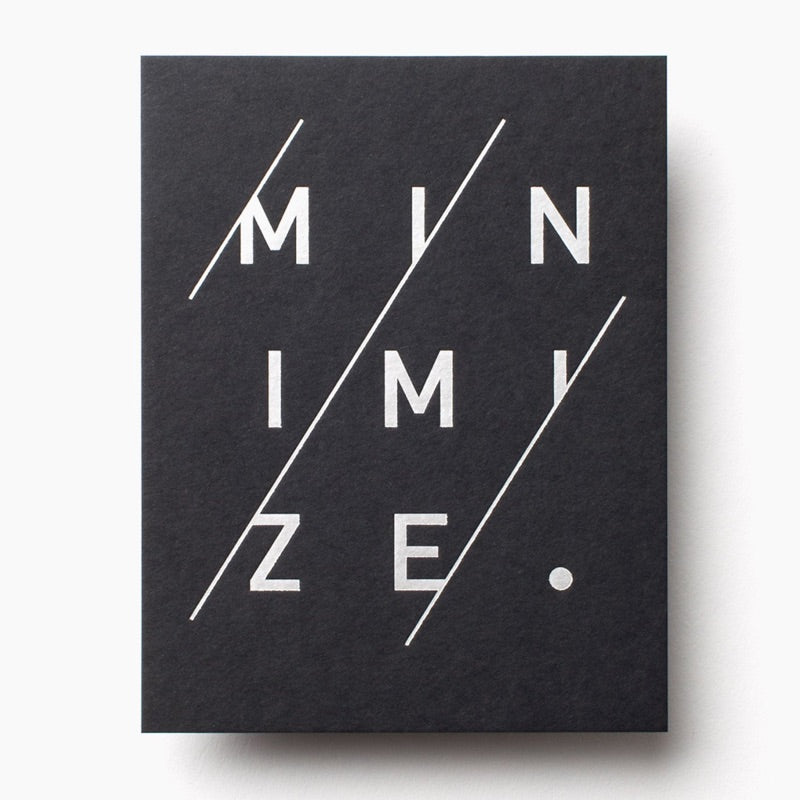
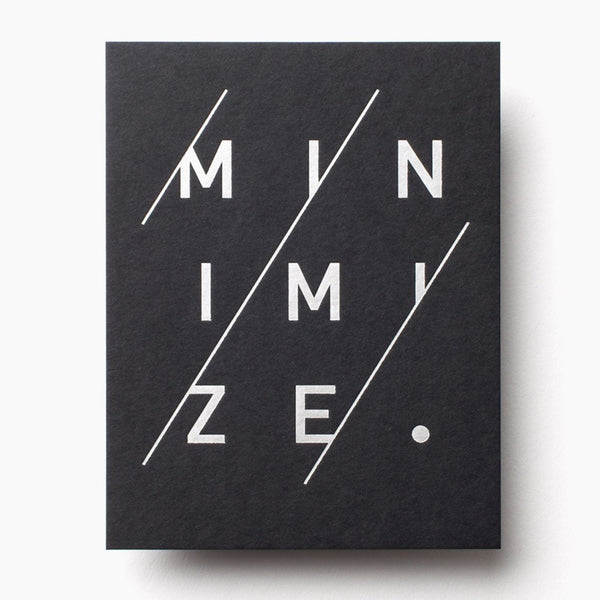
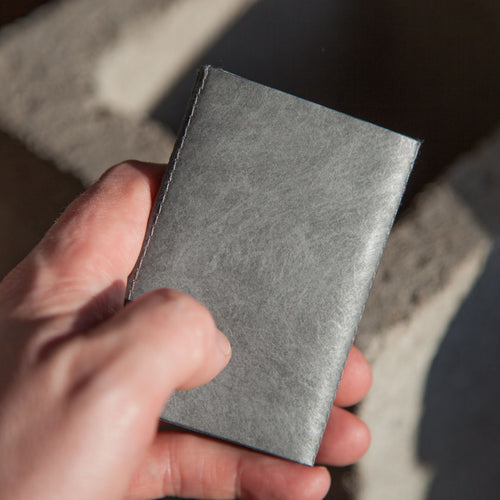
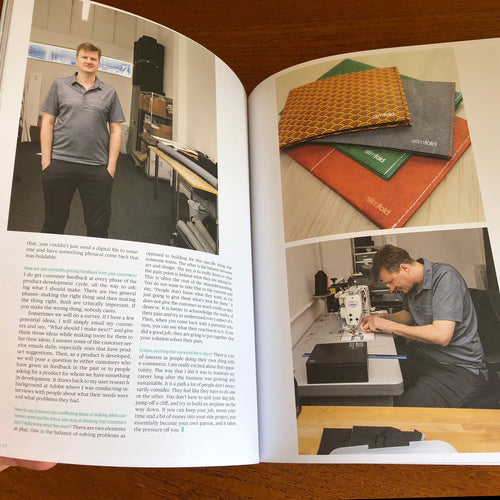
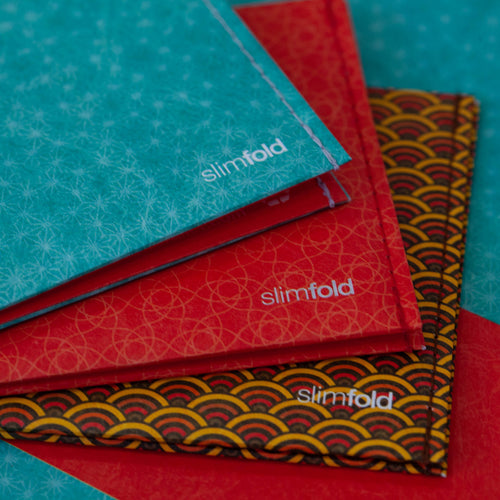
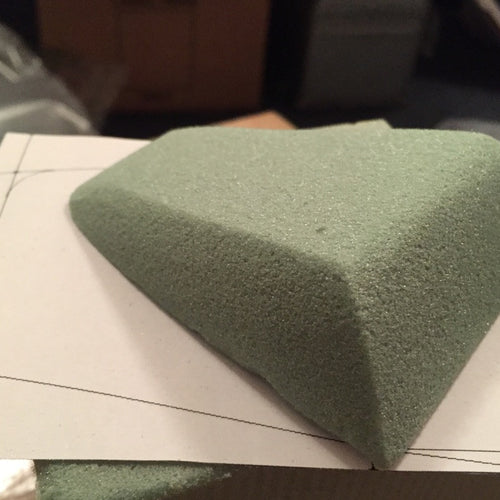
Dave I think Aesthetic Minimalism possibly is a 4th dimension which the Slimfold wallets fit perfectly. I have 2 Slimfold wallets, the main reason for purchasing them was to reduce any bulky lines in my clothes, in addition they look great and everything is tidy and held in place.
@Naufal – Yes, I tend to agree that Aesthetic Minimalism is a product of the other dimensions. If it were its own dimension it would imply it could exist without the others. But just because it’s not its own dimension doesn’t make the aesthetics any less important. Maybe it almost sits above the others as an ideal to aspire to?
I feel that Aesthetic Minimalism exist and facilitates the 3 dimensions of minimalism that you’ve pointed out, to conceptualize them. I highly doubt that it should be a 4th dimension, rather, a product of the 3 main dimensions. Slimfold wallets, especially, facilitate and conceptualize the idea of reductionism and essentialism, which is why I always recommend to my friends.